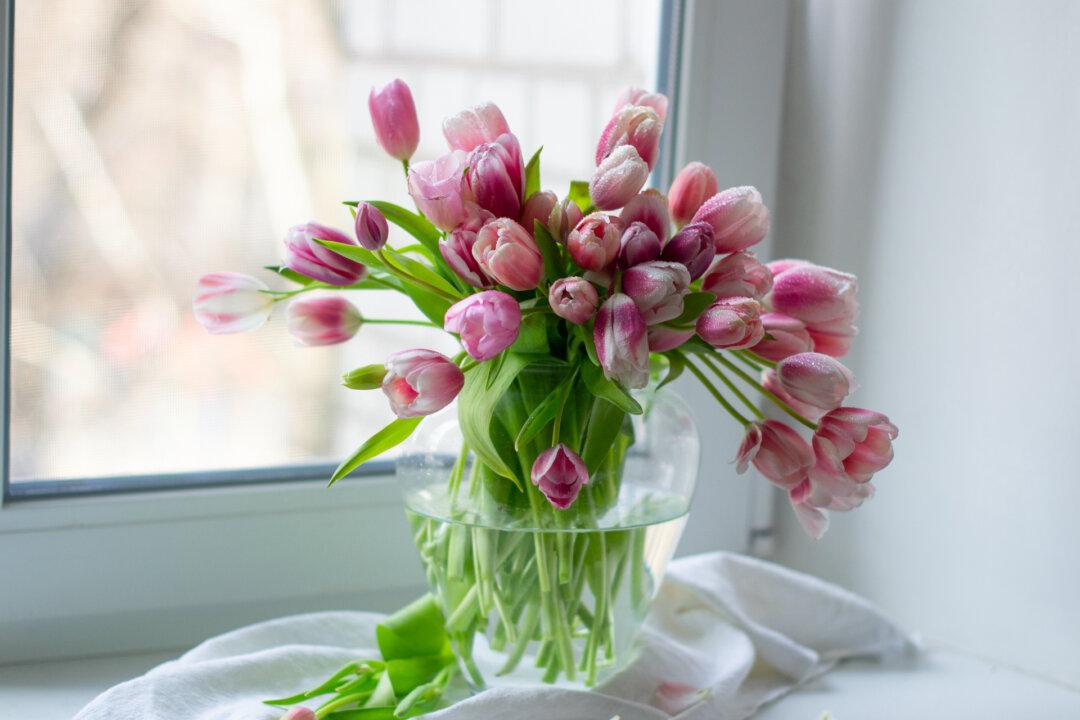I have a few questions about Valentine’s Day, and maybe you do too. Why do they sell “I only love you” cards in a 10-pack? What is Galentine’s Day? I can’t answer the first question, but Galentine’s Day is the day before Valentine’s Day, and is the day ladies celebrate their girlfriends.
No matter if you celebrate one or both days, flowers are a great gift. Both cut flowers and blooming plants can be given. You might have questions about how to best care for your flowers, and those are questions I can answer.





